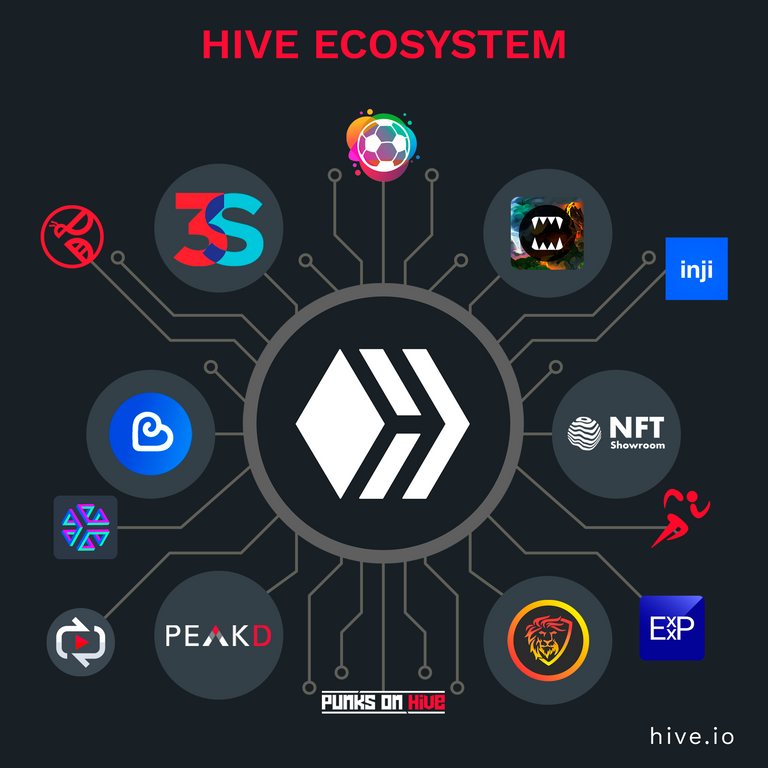
Hive is a decentralized platform that is at the forefront of the journey towards Web3, the next generation of the internet where users are in control of their own data and interactions. Built on top of the Steem blockchain, Hive is designed to be scalable, fast, and secure, making it an attractive platform for developers and users who want to build and use decentralized applications (dApps).
One of the key goals of Hive is to power Web3 by providing a decentralized platform that can support a wide range of dApps and social media networks. In the current internet landscape, users often have to rely on centralized service providers to access online content and interact with others. This centralization can lead to issues such as censorship, data breaches, and lack of privacy. Web3 aims to address these issues by creating a more decentralized and open internet where users are in control of their own data and interactions.
Hive is well-positioned to contribute to the development of Web3 due to its decentralized nature and focus on scalability. Decentralization ensures that no single entity has control over the platform, which helps to prevent censorship and other forms of interference. Scalability is important because it allows the platform to handle a large number of transactions without slowing down or becoming congested.
To improve scalability, Hive has implemented several measures, such as using a delegated proof-of-stake (DPoS) consensus algorithm and a rate-limiting mechanism. DPoS allows Hive to achieve high transaction speeds and low fees, while the rate-limiting mechanism helps to prevent spam and abuse on the network. These measures help to ensure that the Hive platform remains fast, efficient, and secure for users.
In addition to its decentralized and scalable nature, Hive is also committed to maintaining high standards when it comes to security and privacy. The platform uses advanced security measures to protect user data and ensure that transactions are secure. It also allows users to opt-in to certain features and controls, giving them greater control over their data and interactions.

As Hive continues on its journey towards Web3, it is also working to improve its capabilities and expand its reach. One way that it is doing this is by partnering with other organizations and projects that share its vision of a decentralized future.
For example, Hive has partnered with various dApp developers and other blockchain projects to help them build and scale their applications on the Hive platform. By working with these partners, Hive is able to support a wide range of dApps and bring more users to the platform.
Hive is also actively engaged in the broader blockchain and cryptocurrency community, participating in events and discussions to promote the adoption and development of decentralized technologies. This includes collaborating with other projects and organizations to drive innovation and develop standards that can help to advance the decentralized ecosystem as a whole.
In addition, Hive is continuously improving and expanding its own capabilities. For example, it is working on new features and tools that can make it easier for developers to build and scale their dApps on the platform. It is also exploring ways to integrate with other blockchain technologies and platforms, such as cross-chain interoperability, to further expand its reach and impact.
As Hive continues to grow and evolve, it is well-positioned to play a leading role in the journey towards Web3. Its decentralized, scalable, and secure platform is a powerful tool for developers and users who want to build and use dApps, and its commitment to standards and partnerships is helping to drive innovation and adoption in the decentralized ecosystem.
Overall, Hive is a promising platform that is working to power the decentralized future of the internet and enable the development of Web3 applications. Its decentralized, scalable, and secure nature make it an ideal platform for developers and users who want to build and use dApps and contribute to the journey towards Web3.